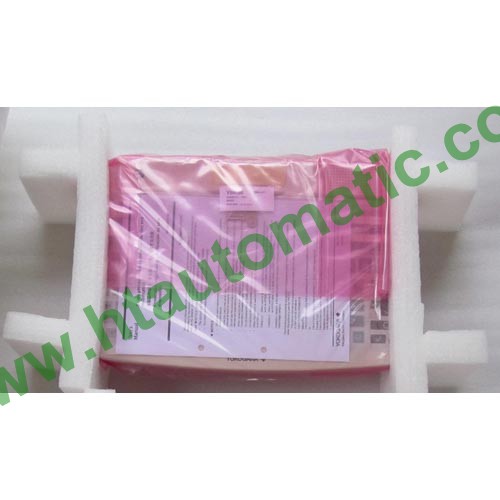
YOKOGAWA AIP827 USB Operation Keyboard (for Human Interface Station)
MODEL AND SUFFIX CODE:
|
|
|
Description |
|
Model |
Suffix |
|
|
AIP827 |
-1 |
100 -120 V AC supply |
|
|
-2 |
220-240 V AC supply |
ALP827-1
ALP827-2
Description
Model AIP827 USB Operation Keyboard for HIS Suffix Codes -1 100 -120 V AC supply -2 220-240 V AC supply
GENERAL
This GS covers the hardware specifications USB Operation Keyboard for Human Interface Station.
HARDWARE SPECIFICATIONS Type: Dust- and drip-proof flat keyboard Cable Connection: USB port Interface Connector: USB A type External Dimensions: 440 mm (W) x 284 (D) x 52 mm (H) (73 mm (H) if the height of feet are included) Power Supply: 100-120 V AC, 50/60 Hz 220-240 V AC, 50/60 Hz Power Consumption: 100-120 V AC: 20 VA 220-240 V AC: 20 VA Weight: 2.5 kg (Keyboard and AC Adaptor) Paint Color: Frosty White (Munsell No. 2.5Y8.4/1.2)
YOKOGAWA Model AIP827 USB Operation Keyboard (for Human Interface Station)
ENVIRONMENT
Temperature 5 to 40 °C (Operating) -20 to 60 °C (in storage) Humidity (Non-condensing) 20 to 80%RH
REGULATORY
COMPLIANCE For the detailed information of following standards, see “Integrated Production Control System CENTUM VP System Overview (GS 33M01A10-40E)” Safety Standards [CSA] (for 100-120 V AC power supply) [CE Mark] (for 220-240 V AC power supply) EMC Conformity Standards [CE Mark] (for 220-240 V AC power supply) [C-Tick Mark] (for 220-240 V AC power supply
LAYOUT AND FUNCTIONS
The Operation Keyboard has both a set of alphanumeric keys and a set of special operation keys. The operation keyboard is used for process control and plant monitoring and has special window call keys, grouped by function, and user-definable function keys. Detailed information follows. Mode Selection Key (a) This three-position key switch is used with operator or engineer keys to obtain special operating priviledges. Built-in Speaker (b) The operation keyboard produces seven types of sounds, representing different types of alarms and messages, through its built-in speaker. Function Keys (c) The operation keyboard has 32 “one touch” function keys. They can be used to initiate application programs and call windows. The keys contain LED lamps and have space for writing the names of assigned functions. Window Call Keys (d) Each window call key displays a specific window type.
Data Entry Keys (e) Use these keys to specify tag numbers and to enter data. The standard ASCII 86 key layout is used (Some keys cannot be used). Scroll Keys (f) When part of a window is outside the display area, use the scroll keys to scroll the window contents. Scroll keys are typically used on trend and graphic panels. Confirmation Key (g) Use the confirmation key to cancel or confirm an operation. Cursor Keys (h) Use these keys to move the cursor or call Data Input Dialog Box on display windows. Control Keys (i) Use the control keys with faceplates to control function blocks. The control keys change control set points and manipulated output values. Alarm Acknowledgment Key (j) Use the alarm acknowledgment key to acknowledge alarms and buzzers.